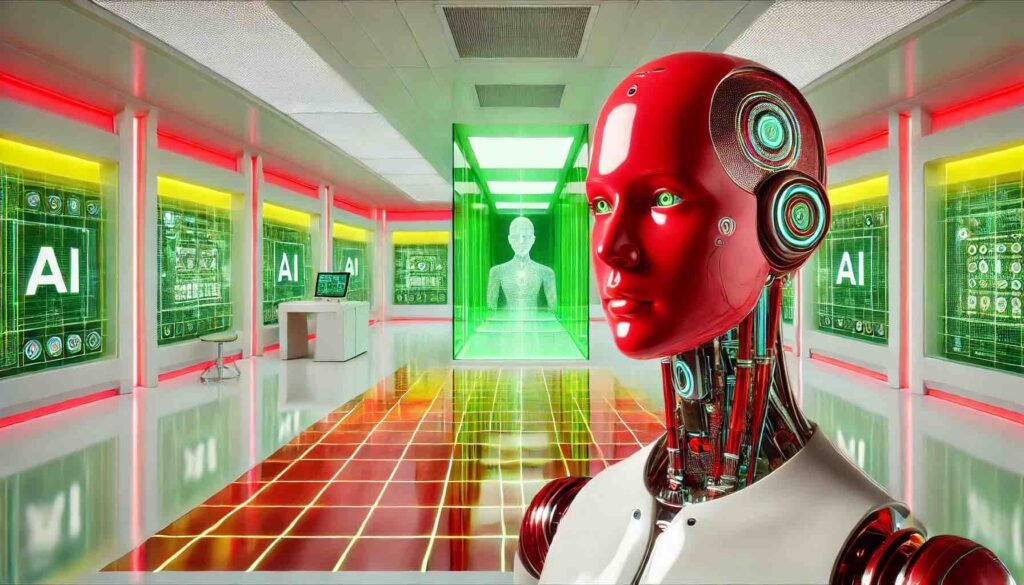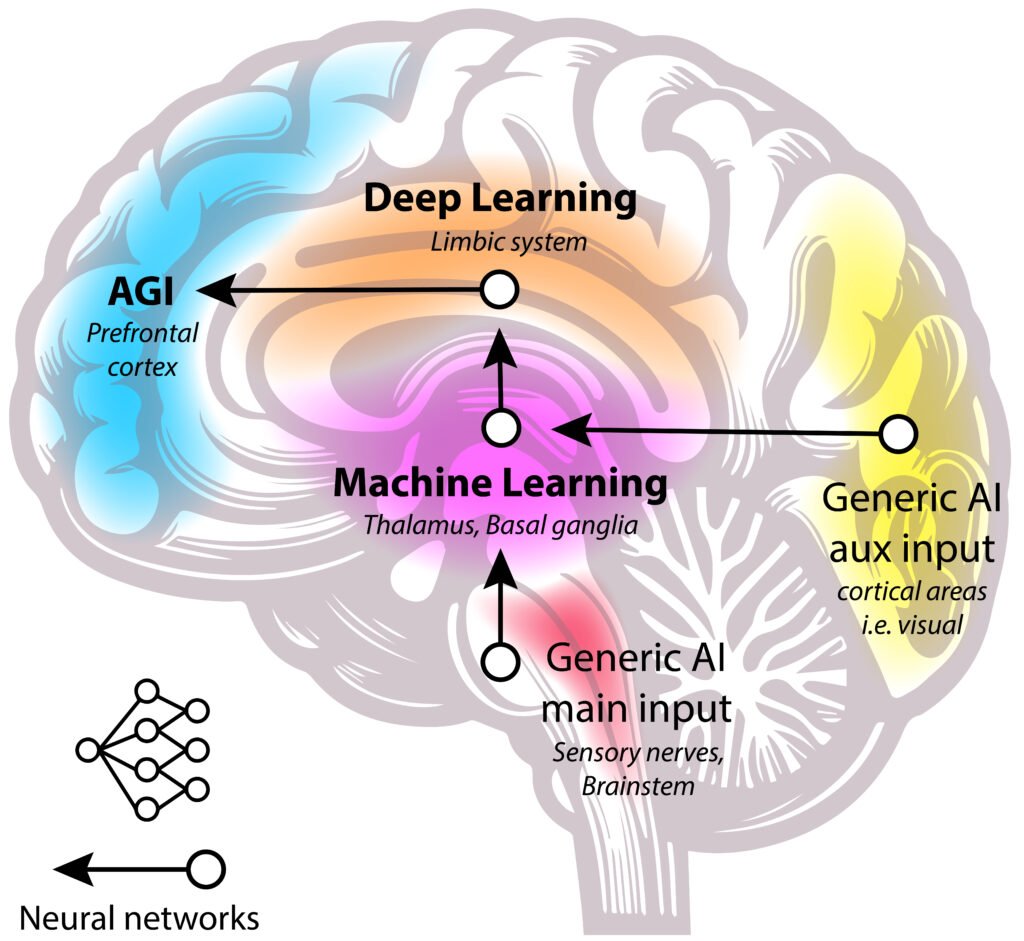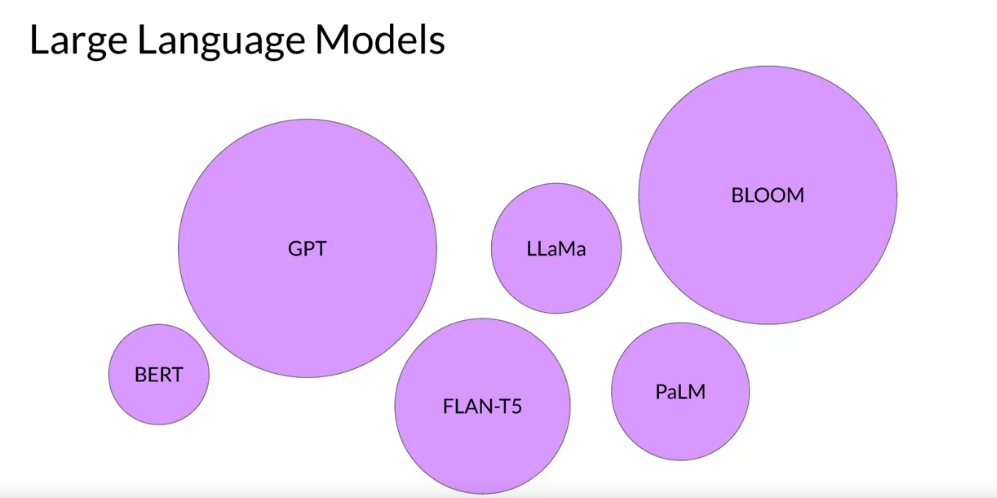Why AI Agents Matter More Than Ever

In the evolving world of automation, AI agents are no longer just a buzzword — they’re a fundamental shift. These intelligent systems don’t just automate tasks; they understand, reason, and act on behalf of users or systems to achieve specific goals. As businesses seek faster execution and deeper personalization, AI agents are emerging as the next frontier in automation.
Whether you’re a startup, marketer, developer, or enterprise leader, understanding how AI agents work — and how to leverage them — can become your competitive edge.
What Are AI Agents?
AI agents are software programs powered by artificial intelligence that can perceive their environment, make decisions, and take autonomous actions. Unlike traditional automation tools that follow fixed rules, AI agents can adapt, learn from feedback, and operate without constant human intervention.
How Do They Work?
These agents use models like GPT, LLMs (Large Language Models), computer vision, and reinforcement learning. A basic agent loop often involves:
- Perception: Receiving inputs (text, image, data)
- Reasoning: Analyzing goals, environment, and history
- Action: Executing a task or triggering another system
Some AI agents also communicate with APIs, databases, or other tools, forming a multi-agent ecosystem.

Real-World Use Cases of AI Agents
Transitioning from concept to execution, AI agents are now integrated into many real-world scenarios. Let’s explore some of the most impactful applications:
1. Customer Service Bots (Using GPT-powered AI Agents)
Modern virtual agents are no longer limited to pre-programmed scripts. They adapt in real time, using customer history and sentiment to resolve queries.
2. Automated Research & Report Generation
AI agents can gather data from various sources, summarize insights, and generate reports for marketing, finance, or operations — saving hours of manual work.
3. Workflow Automation in Teams
By integrating with tools like Slack, Notion, or Zapier, AI agents can update status boards, send reminders, or escalate tasks intelligently.
4. Sales Outreach and Lead Qualification
These agents write personalized emails, qualify leads based on CRM data, and book meetings — all while you sleep.
5. Coding and Debugging Support
With tools like AutoGPT, developers now use AI agents to write, test, and debug code across repositories autonomously.
How to Build Your Own AI Agent (Subheading with Keyword)
The rise of no-code AI tools means you don’t need to be a developer to create powerful AI agents. Here’s a simplified roadmap:
Step 1: Define the Agent’s Goal
What specific task will it perform? For instance, answering FAQs, summarizing long-form content, or sending follow-up emails.
Step 2: Choose a Language Model
Use an API like OpenAI, Claude, Mistral, or Cohere, depending on budget and context. For custom logic, GPT-4 or Claude Opus works well.
Step 3: Select a Workflow Engine
Options include:
- LangChain (advanced, modular)
- AutoGPT or BabyAGI (experimental but powerful)
- Zapier or Make.com (no-code connectors)
Step 4: Add Tools and Memory
Tool use allows AI agents to interact with files, web pages, databases, etc. Memory helps them retain past interactions and improve over time.
Step 5: Train and Deploy
Run simulations. Monitor responses. Improve with feedback loops. Once stable, deploy it across your system or offer it as a product.
Key Tools to Build and Run AI Agents
| Tool | Purpose | Description |
|---|---|---|
| LangChain | Agent framework | Build custom logic with Python |
| AutoGPT | Autonomous agents | Open-source GPT agent |
| ReAct / CoT | Reasoning patterns | Enhance logic & tool use |
| Pinecone / Weaviate | Vector DB | Give agents memory |
| Zapier AI | No-code automations | Connect apps & triggers |
| AgentGPT | Browser-based agents | Create agents without coding |
Advantages of Using AI Agents in Business
Here’s why so many are shifting toward AI agents in daily operations:
✅ Scalability: Handle thousands of micro-tasks simultaneously.
✅ Speed: React to live data within seconds.
✅ Consistency: No burnout or mood swings like human workers.
✅ Personalization: Adjust responses based on individual user behavior.
✅ Cost-Efficiency: Once set up, agents reduce labor and support costs drastically.
According to McKinsey, businesses using AI task automation report up to 40% efficiency gain in repetitive workflows.
Challenges and Risks of AI Agents (Add Balance to Blog)
Despite their promise, AI agents come with challenges:
⚠️ Hallucinations: Agents may confidently make things up if not grounded in real data.
⚠️ Security Risks: Autonomous actions must be sandboxed to avoid damaging commands.
⚠️ Data Privacy: Sensitive data flowing through LLMs must be secured and encrypted.
⚠️ Over-Reliance: Blind trust in AI decisions can lead to poor long-term outcomes.
But with proper validation loops, sandboxing tools, and supervised execution — most risks are manageable.
The Future of AI Agents: What’s Next?
AI agents are evolving from single-use bots to collaborative multi-agent systems. Here’s what’s coming soon:
Agent Swarms: Multiple agents coordinating like a team
Human-in-the-loop Systems: Where agents ask before acting
Emotional Context Understanding: Reacting not just to tasks, but user mood
AI Agents-as-a-Service (AAaaS): Productizing agents for end users
Your opportunity? Build or adopt an AI agent early and position your business for a compounding automation advantage.
How to Start Now
If you’re not using AI agents in 2025, you’re falling behind. Whether you’re automating customer service, marketing, or development tasks — an agent can do it faster, better, and cheaper.
🔧 Want to build one in under an hour?
Try our no-code AI agent builder [AI-Cimplified Tools] and get started for free.
Or subscribe to AI-Cimplified for expert tutorials, prompt packs, and updates — daily.











